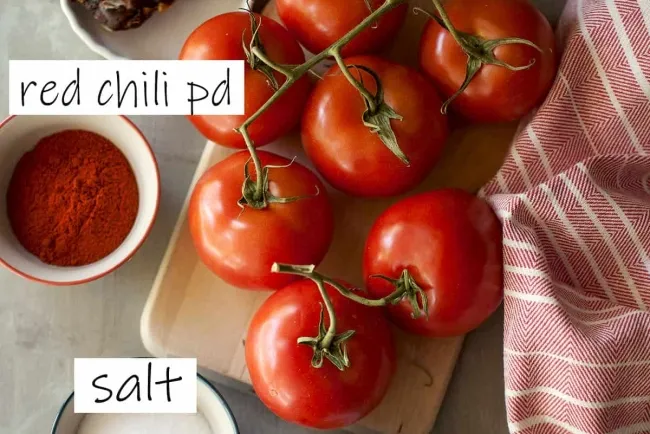"The Evolution of Tobacco Cultivation: Tradition Meets Modern Challenges"

Tobacco Cultivation: A Traditional Practice with Modern Challenges
Tobacco cultivation is an ancient agricultural practice that dates back thousands of years. Indigenous peoples of the Americas were the first to cultivate and use tobacco, long before it became a globally traded commodity. Today, it remains a significant cash crop, especially in countries like India, China, Brazil, and the United States. Despite its economic importance, tobacco farming faces numerous environmental, health, and ethical challenges that spark global debates.
Ideal Conditions for Tobacco Cultivation
Tobacco is a hardy plant that grows well in warm climates with well-drained, sandy-loam soil. It thrives in regions with moderate rainfall and plenty of sunshine. The ideal temperature for cultivation ranges from 20 to 30 degrees Celsius, ensuring optimal leaf growth and quality.
Soil preparation is a crucial step in tobacco farming. Farmers usually plow the land thoroughly to achieve a fine tilth, removing weeds and ensuring proper aeration. Organic matter and fertilizers are often added to enhance soil fertility. Since tobacco depletes soil nutrients rapidly, crop rotation is practiced to maintain soil health.
Stages of Tobacco Cultivation
-
Seed Sowing and Nursery Preparation Tobacco seeds are incredibly tiny and require careful handling. They are first sown in nurseries, where they germinate under controlled conditions. The seedlings take 6 to 8 weeks to mature before being transplanted to the main field.
-
Transplantation Once seedlings reach an optimal height of 10-15 cm, they are transplanted into prepared fields. Proper spacing is essential to allow adequate air circulation and prevent diseases.
-
Growth and Maintenance During the growth phase, farmers need to ensure proper irrigation and pest control. Excessive watering can lead to fungal infections, while too little water can stunt growth. Common pests like tobacco hornworms, aphids, and nematodes must be managed using eco-friendly pesticides or biological control methods.
-
Topping and Suckering To improve leaf quality, farmers remove the top flower buds in a process called “topping.” This encourages the plant to divert energy towards leaf development instead of flowering. Similarly, suckers (small shoots that grow between leaves) are removed to enhance leaf size and texture.
-
Harvesting Tobacco leaves are harvested in stages, starting from the lower leaves and progressing upward as they mature. The best time for harvesting is when the leaves turn yellowish-green and develop a distinct aroma. Careful handling is necessary to avoid leaf damage.
Curing and Processing
After harvesting, the leaves undergo curing to develop their characteristic flavor and aroma. There are four primary curing methods:
-
Flue-Curing: Leaves are dried in a controlled environment using heated air.
-
Air-Curing: Leaves are hung in well-ventilated barns for slow drying.
-
Sun-Curing: Leaves are dried under direct sunlight, commonly used for oriental tobacco.
-
Fire-Curing: Leaves are exposed to smoke from burning wood, giving them a strong, smoky flavor.
Once cured, the leaves are sorted, graded, and sent to factories for further processing, where they are used to make cigarettes, cigars, chewing tobacco, and other products.
 Challenges in Tobacco Farming
Challenges in Tobacco Farming
Despite its economic benefits, tobacco cultivation has several downsides:
-
Soil Degradation: Continuous tobacco farming exhausts soil nutrients, requiring heavy use of fertilizers.
-
Health Hazards: Farmers and workers are exposed to nicotine absorption through the skin, leading to “green tobacco sickness.”
-
Deforestation: Fire-cured tobacco requires large amounts of wood, contributing to deforestation.
-
Market Uncertainty: Due to increasing health regulations and anti-smoking campaigns, demand fluctuations pose risks to farmers.
Sustainable Practices in Tobacco Farming
To address these challenges, many farmers are adopting sustainable practices such as crop rotation, organic fertilizers, integrated pest management, and afforestation programs. Some governments and NGOs also encourage farmers to transition to alternative crops to reduce dependency on tobacco.
Conclusion

Tobacco cultivation remains a complex and controversial industry. While it provides livelihoods to millions of farmers worldwide, its environmental impact and health concerns continue to raise ethical questions. Balancing economic benefits with sustainability and public health initiatives will determine the future of this centuries-old crop.
What's Your Reaction?


















